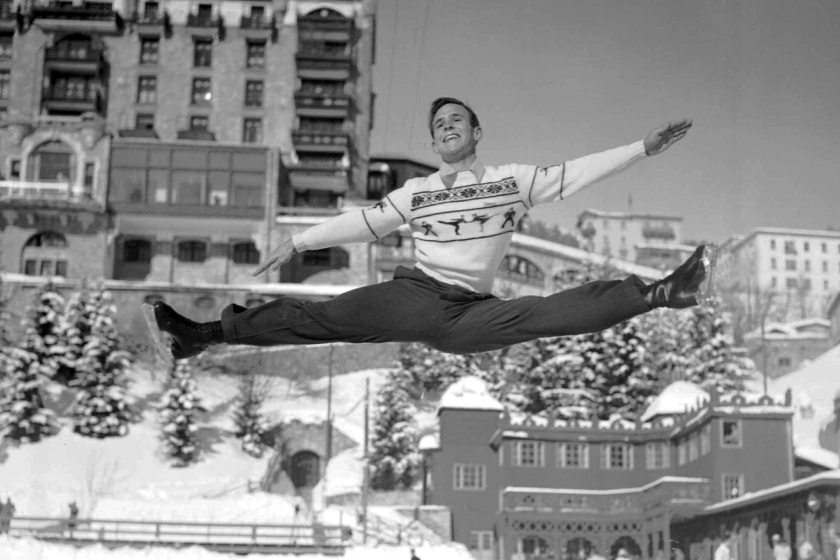This Boat Goes From French Kiss to French K
- Share via
FREMANTLE, Australia — Sacre bleu! What did they do?
There’s less of French Kiss these days than once met the eye. About three feet less.
The beautiful, off-white 12-meter from the Societe des Regates Rochelaises will never be the same after undergoing major surgery to get her ready to face high-flying New Zealand in the America’s Cup challenger semifinals today.
A face lift? Non. More like a destruction of her derriere. Chopped off, it was, as if they’d slipped her stern first under the good old guillotine at the Bastille. Philippe Briand, the designer, must have wept like a Frenchman.
The aft end of the boat, once gracefully tapering to a sharp-edged curve, is now as blunt as a bulldozer. The proud name “French Kiss” now reads “French K.” Chopped the red “iss” right off, they did, and after all the trouble they had getting the name approved.
The dismembered, discarded section now rests inelegantly in the lobby of the syndicate’s dockside office. Someone wrote Joyeux Noel --Merry Christmas--on it with a marking pen. C’est la vie.
Skipper Marc Pajot explained: “We wanted to reduce the water line length so we could add more stability and more sail to give us more power in the waves.”
That’s the give and take of the 12-meter rule. Every time you add something someplace, you have to take it off in another place, so the formula still comes out even. Nearly every 12-meter in Fremantle has been juggling the numbers since October, although this is the first time the French have seriously tampered with their boat.
The reason is that they already were 0-3 against New Zealand and knew they weren’t going to beat the Kiwis the way they were. They also know that similar drastic changes have made other boats slower.
French Kiss, sponsored by the France-based photo firm Kiss, and the outdated Courageous were the only boats to return to the trials from last February’s world 12-meter championships. French Kiss placed only fifth but won two races and was second in another. The problem was that it was helpless in light wind, and it hasn’t altered that profile much in the trials. Now, Pajot says, it will be different.
“My opinion is that we can operate the best in medium and heavy conditions,” he said, “but it’s an all-round boat now. The crew and the boat are prepared to sail in all conditions. We worked before on the sails and the crew, and now we worked on the hull.”
Did they ever.
More to Read
Go beyond the scoreboard
Get the latest on L.A.'s teams in the daily Sports Report newsletter.
You may occasionally receive promotional content from the Los Angeles Times.



